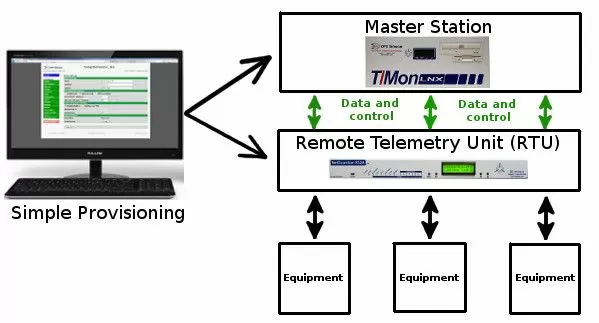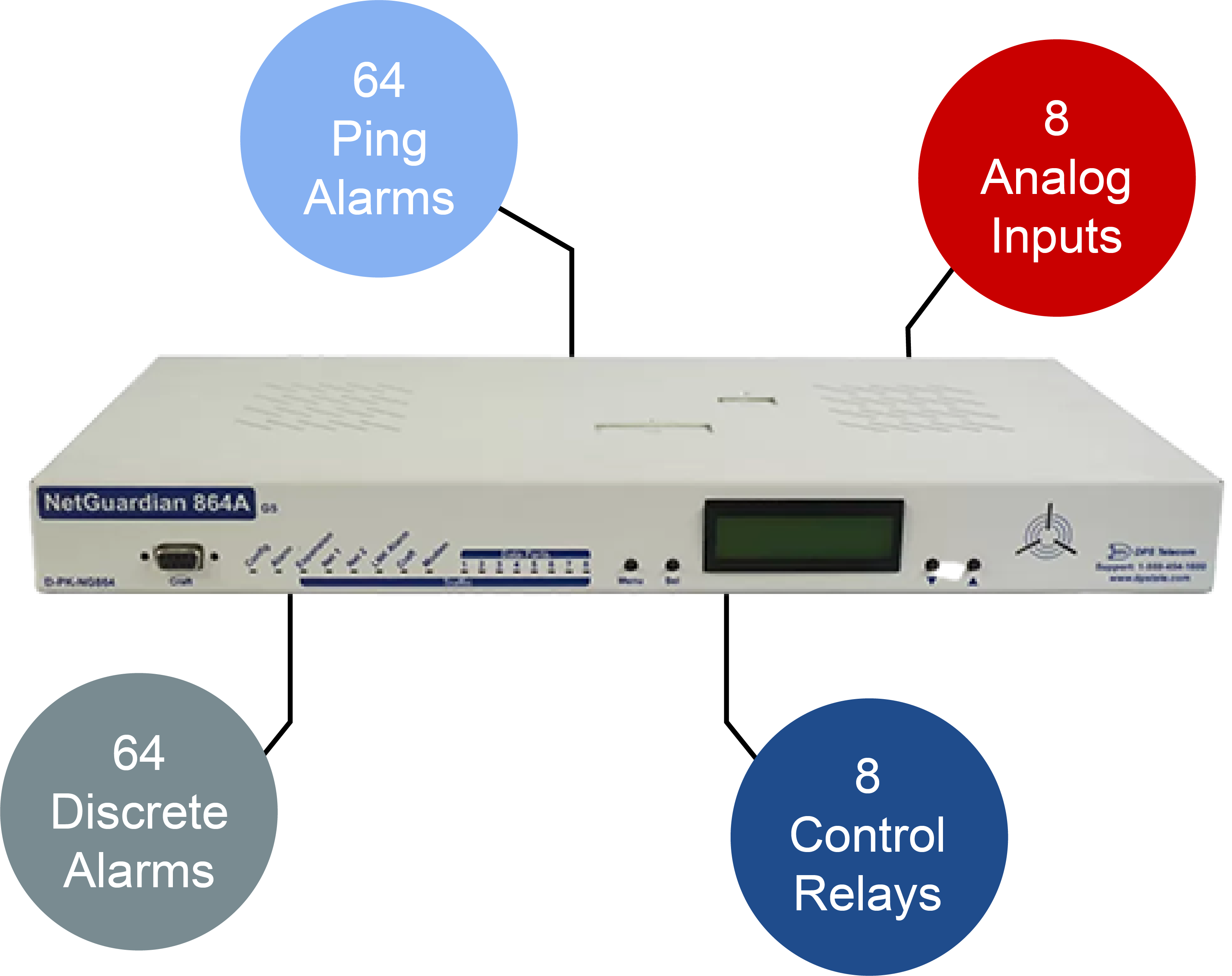Check out our White Paper Series!
A complete library of helpful advice and survival guides for every aspect of system monitoring and control.
1-800-693-0351
Have a specific question? Ask our team of expert engineers and get a specific answer!
Sign up for the next DPS Factory Training!

Whether you're new to our equipment or you've used it for years, DPS factory training is the best way to get more from your monitoring.
Reserve Your Seat TodayEnsuring the efficiency and reliability of flood pump systems is critical. We know this is especially the case when dealing with infrastructure that protects against natural disasters.
Recently, our DPS engineer, Andrew, engaged with a client from a consulting engineering and land surveying firm in the Midwest. The client was preparing a feasibility study for a flood pump monitoring system.
As we look at their conversation, we'll look at the importance of selecting the right monitoring equipment and integrating it seamlessly with existing systems.

Client: I'm preparing a feasibility study for a flood pump system.
Andrew: Hello, tell me more about that. Our gear monitors a lot of things, pumps included.
Client: Is $25,000 a reasonable cost for the initial pump monitoring system? 3 storm pumps 150 HP each.
Andrew: It depends on how many pumps. We'd commonly deploy one of our RTUs next to each pump. They're $800-$5000 per site, but commonly closer to the bottom of the range for most pumps.
Sensors vary based on how much pressure/flow/etc. you want to measure. It's also possible that a "smart" pump may be able to send info about its status to our boxes.
Client: 1 sanitary 100 HP. All in one pump house. We already have a SCADA system for the sanitary sewer system.
Andrew: So, is that 3+1+1 = 5 pumps total?
Client: 3+1=4.
Andrew: Nice. Talk to me about the existing SCADA system. Is that something you want to use as the head-end "HMI", or is this system separate?
Client: Probably separate.
Andrew: OK, so then the question is how we'll get input (and any control outputs) to the pumps. It's common for them to have contact closures, relay inputs, maybe protocol ports like MODBUS.
Client: We aren't into the design yet. I only need a very rough price. I'm adding 35% to cover my assets.
Andrew: Understood. In that case, based on my client experience, I would expect maybe a $1300 RTU at each location, then at least a few hundred per site for various sensors. An AC adapter (if the site is not DC voltage) is another small expense. So we'd creep toward $2000/site x 4 sites. I'd say $25k is very realistic.
Client: Thank you.
Andrew: Even without infrastructure, a cellular gateway adds a few hundred per site (plus small monthly data subscriptions). Please call/email us if you have any questions at 973-663-1011. HQ phone in CA is all over our website.
Client: At this time I'm not worried about the O&M costs.
Andrew: Understood about the site location. I moved out to NJ from CA two years ago. It's been remarkable how excited my clients have been to be able to speak to me before 10 AM.
Client: Yeah, I hear you. Have a great day, sir.
Andrew: Thanks, I'll record these notes in case you contact us again. Have a great day.
The client began by seeking clarity on the budget for monitoring three 150 HP storm pumps and one 100 HP sanitary pump. Andrew's response provided a realistic breakdown of costs associated with Remote Telemetry Units (RTUs):
"Based on my client experience, I would expect maybe a $1300 RTU at each location, then at least a few hundred per site for various sensors. An AC adapter (if the site is not DC voltage) is another small expense. So we'd creep toward $2000/site x 4 sites. I'd say $25k is very realistic."
This breakdown highlights the affordability and flexibility of DPS Telecom's RTUs. These devices range from about $800 to $5000 per site depending on the complexity and specific monitoring needs. The ability to add various sensors and adapters ensures comprehensive monitoring without unnecessary spending.
A key consideration for the client was whether to integrate the new monitoring system with an existing SCADA setup or operate it separately. Andrew's inquiry into the current SCADA system setup helped clarify this:
"Talk to me about the existing SCADA system. Is that something you want to use as the head-end 'HMI', or is this system separate?"
The client preferred a separate system. This lead to a discussion on how to gather input from the pumps. Andrew explained the flexibility of DPS RTUs in handling different input methods:
"It's common for them to have contact closures, relay inputs, maybe protocol ports like MODBUS."
This adaptability ensures that DPS solutions can integrate smoothly with various existing systems and protocols.
To provide the right monitoring solution in a variety of scenarios, DPS offers several RTUs. Each one is designed to cater to different site capacities and monitoring needs. For instance, the NetGuardian 420 G6 offers an excellent balance for medium-capacity sites:
"This new NetGuardian 420 G6 has 20 discrete inputs to collect alarms from various equipment; it has up to 8 analog inputs for monitoring sensors, battery levels, generator fuel levels, and other important values."

For more extensive sites, the NetGuardian 864A provides additional capacity and features:
"The NetGuardian G6 864A is a powerful, compact LAN-based alarm collector that provides network managers with remote visibility of their IP network elements. With 64 ping alarms, 64 discrete alarms, 8 analog inputs, and 8 controls, this versatile unit is an ideal network monitoring solution for medium and large sites."
Both options offer scalability. This ensures that as the client's needs grow, their monitoring system can expand without requiring a complete overhaul. This modular approach allows clients to start with what they need now and expand as their operations grow. The ability to grow makes it a cost-effective solution over time.
While remote monitoring offers numerous advantages, one consideration is the associated monthly fees for cellular connectivity. Although using a cellular gateway enables robust remote communication, it incurs additional costs. Andrew touched on this during the conversation:
"Even without infrastructure, a cellular gateway adds a few hundred per site (plus small monthly data subscriptions)."
These fees, while generally acceptable, can add up over time. Therefore, it's advisable to leverage LAN connectivity where available, as it eliminates recurring cellular costs and typically offers faster and more reliable data transfer. By utilizing existing network infrastructure, you can achieve efficient monitoring without incurring extra expenses, making the monitoring process more cost-effective in the long run.
Sometimes, you might even choose to roll out an RTU to a new site using cellular, then transition to LAN once it is available. You could then use the cellular gateway at a different location.
DPS Telecom's equipment is designed to operate under a wide range of environmental conditions. This guarantees reliability regardless of location. Andrew emphasized the durability of these devices:
"Operating Temp: 32 - 140 degrees F (0 - 60 degrees C), Industrial option available: -22 - 158 degrees F (-30 - 70 degrees C), Operating Humidity: 0% - 95% non-condensing."
This durability of this device is crucial for systems exposed to extreme weather conditions or placed in remote, harsh environments. For clients, this means fewer worries about equipment failure due to temperature or humidity extremes. Fewer potential problems leads to better overall reliability and less maintenance issues.
This conversation highlights DPS Telecom's commitment to providing tailored, cost-effective solutions that meet specific client needs. Whether integrating with existing SCADA systems or setting up a new monitoring network, DPS offers versatile, scalable solutions.
If you're preparing to build or improve your monitoring systems and need a reliable partner, contact DPS Telecom today. Our expert engineers are ready to help you craft a solution that ensures your operations are monitored accurately and reliably. Call 1-800-693-0351 or email sales@dpstele.com for more information.

Andrew Erickson
Andrew Erickson is an Application Engineer at DPS Telecom, a manufacturer of semi-custom remote alarm monitoring systems based in Fresno, California. Andrew brings more than 18 years of experience building site monitoring solutions, developing intuitive user interfaces and documentation, and opt...